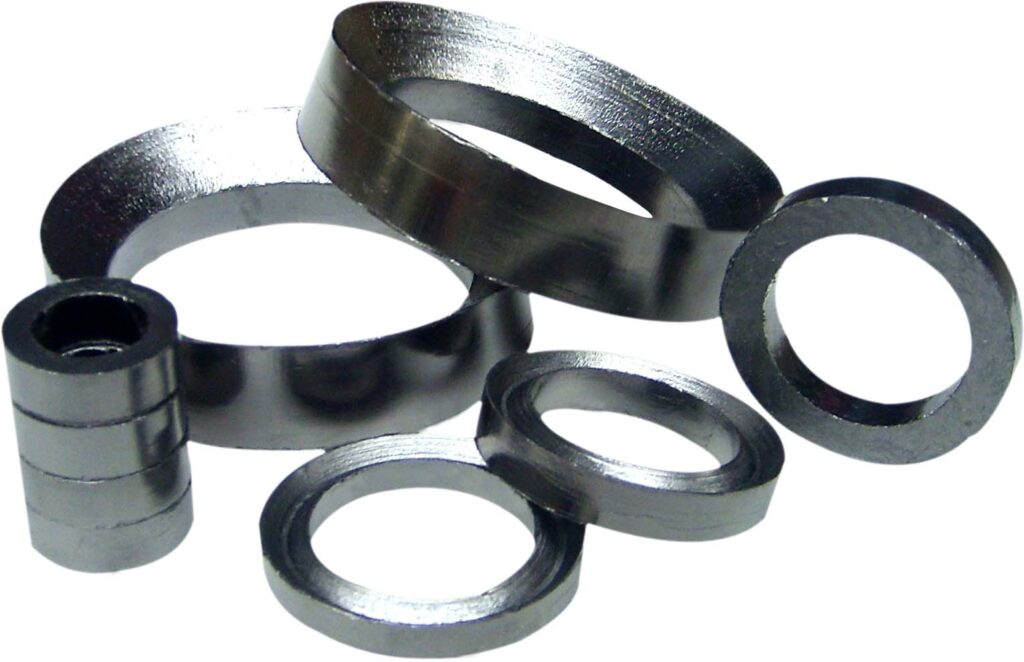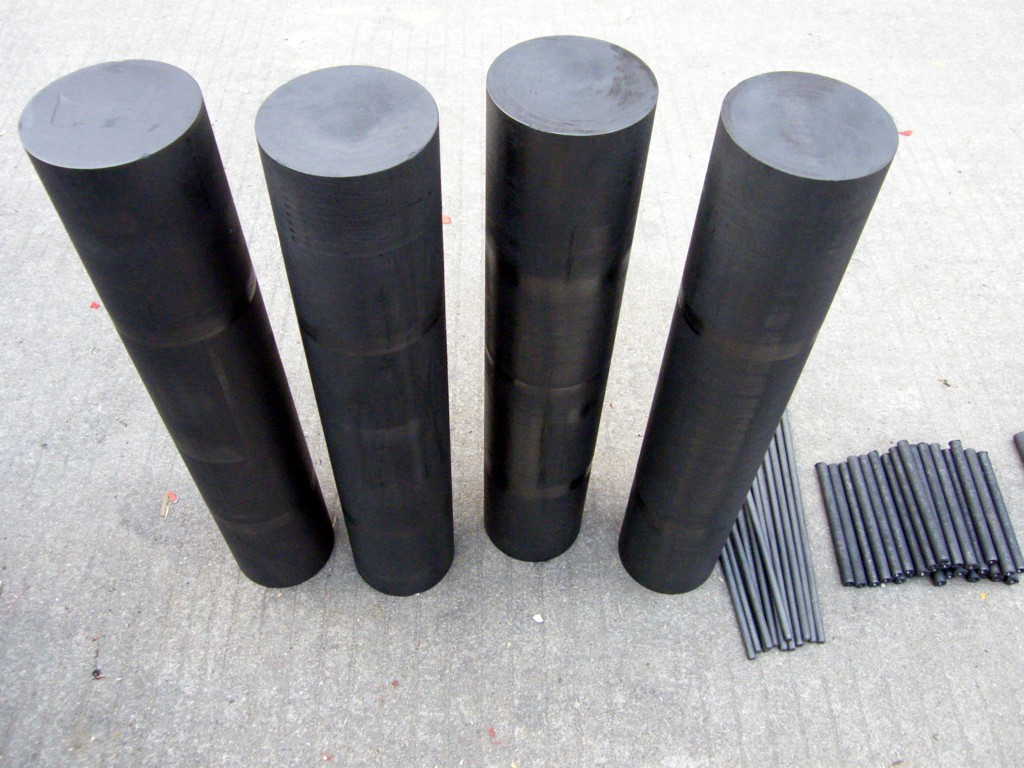In the realm of industrial materials, the debate between graphite rods and carbon rods often arises, particularly when selecting the optimal solution for high-performance applications. While both materials share carbon as their base element, their distinct structures and properties make them suitable for different scenarios. This article delves into the characteristics, applications, and advantages of graphite rods, helping industries—from metallurgy to electronics—make informed decisions. For businesses seeking premium graphite solutions, Jiaxin Graphite stands as a trusted provider of high-quality graphite rods tailored to diverse industrial needs.
Understanding Graphite and Carbon
Carbon is a versatile element that exists in various forms, including amorphous carbon and crystalline structures like diamond and graphite. Graphite, a crystalline allotrope of carbon, features a layered structure with weak interlayer bonds, giving it unique properties such as high thermal conductivity, electrical conductivity, and lubricity. In contrast, carbon rods (often made from amorphous carbon or carbon composites) lack this organized structure, resulting in different performance characteristics.
Key Differences Between Graphite Rods and Carbon Rods
Structure and Purity
Graphite Rods: Composed of highly ordered crystalline structures, graphite rods offer exceptional purity (up to 99.99%), making them ideal for applications requiring minimal impurities, such as semiconductor manufacturing.Carbon Rods: Typically made from amorphous carbon or carbon composites, these rods may contain impurities that limit their performance in high-precision environments.
Thermal and Electrical Conductivity
Graphite Rods: Boast excellent thermal and electrical conductivity, making them suitable for heating elements, electrodes, and thermal management systems.Carbon Rods: While conductive, their amorphous structure reduces efficiency compared to graphite, limiting their use in high-power applications.
Temperature Resistance
Graphite Rods: Withstand extreme temperatures (up to 3,000°C in inert atmospheres) without melting, making them indispensable in high-temperature processes like metal melting and glass manufacturing.Carbon Rods: Begin to oxidize at around 400°C in air, restricting their use to lower-temperature environments.
Chemical Resistance
Graphite Rods: Resistant to most chemicals, except strong oxidizing agents, making them ideal for corrosive environments.Carbon Rods: More susceptible to chemical attack, limiting their applicability in harsh chemical settings.
Mechanical Strength and Machinability
Graphite Rods: Brittle but machinable into complex shapes, offering design flexibility for specialized applications.Carbon Rods: Often more robust but less precise in machining, suitable for less intricate designs.
Applications of Graphite Rods
Graphite rods’ superior properties make them the material of choice for numerous industries:
- Metallurgy: Used as electrodes in electric arc furnaces, crucibles for melting metals, and continuous casting molds.
- Electronics: Employed in semiconductor manufacturing, fuel cells, and batteries due to their high conductivity and purity.
- Chemical Processing: Utilized in reactors, heat exchangers, and corrosion-resistant equipment.
- Aerospace and Defense: Integrated into rocket nozzles, reentry shields, and high-temperature components.
- Solar and Energy: Used in silicon crystal growth for solar panels and nuclear reactors as moderators.
Why Graphite Rods Are Often the Better Choice
- High-Temperature Performance: Graphite rods outperform carbon rods in extreme heat, maintaining structural integrity and conductivity.
- Purity and Precision: Their crystalline structure and purity make them indispensable for applications requiring contamination-free environments.
- Efficiency: Superior thermal and electrical conductivity reduces energy consumption and enhances operational efficiency.
- Longevity: Resistance to thermal shock and chemical corrosion extends service life, lowering replacement costs.
Jiaxin Graphite: Your Partner for Premium Graphite Rods
Jiaxin Graphite specializes in manufacturing high-quality graphite rods engineered to meet the rigorous demands of modern industries. Our offerings include:
- Custom Solutions: Tailored graphite rods in various sizes, shapes, and grades to suit specific applications.
- Advanced Manufacturing: State-of-the-art processes ensure precision machining and consistent quality.
- Technical Expertise: A team of engineers provides comprehensive support, from material selection to post-sales service.
- Global Reach: Reliable delivery and support for industries worldwide, including India, the United States, and Europe.
Conclusion
While carbon rods have their place in certain applications, graphite rods offer unparalleled performance in high-temperature, high-precision, and corrosive environments. Their superior conductivity, temperature resistance, and purity make them the preferred choice for industries pushing the boundaries of innovation. For businesses seeking reliable, high-quality graphite solutions, Jiaxin Graphite delivers expertise, customization, and excellence.
Explore Jiaxin Graphite’s range of graphite rods and discover how our materials can elevate your industrial processes. Visit jiaxingraphite.com .


